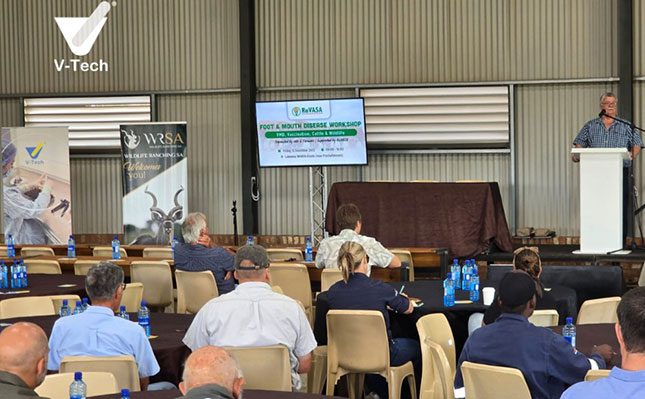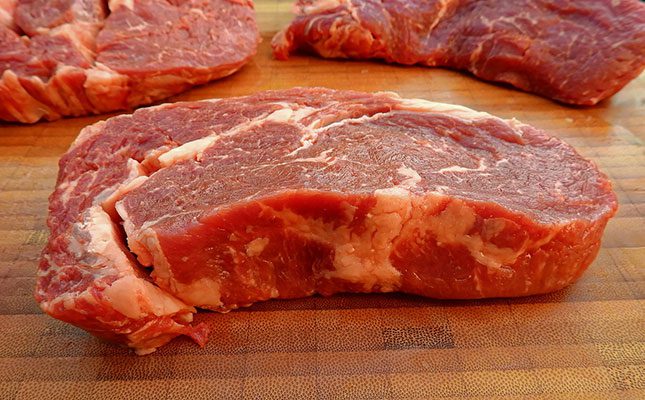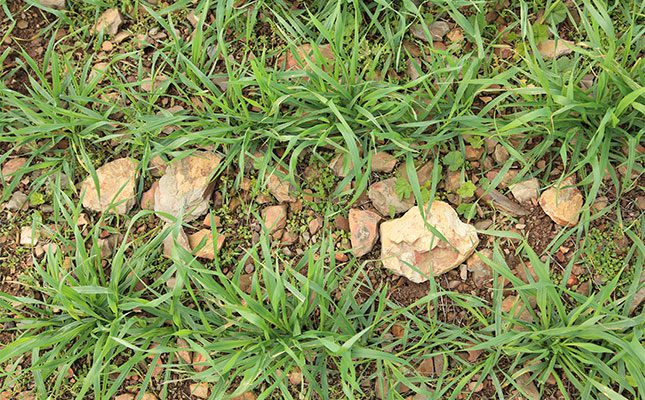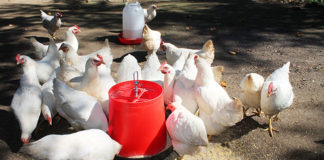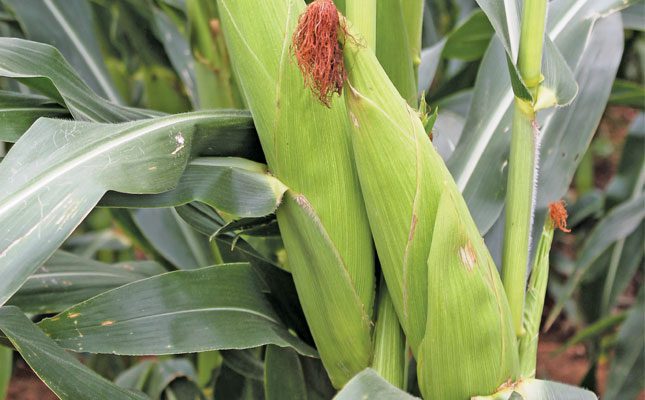
The commercial maize crop is now expected to reach 14,664 million tons, an increase of 0,72% (105 200t) from the previous forecast. This also represents a 14,12% increase year-on-year, highlighting a considerable rebound from last season’s drought-reduced output.
White maize production is estimated at 7,757 million tons (up 0,80% from the prior estimate), with a yield of 4,85t/ha across 1,6 million hectares.
Meanwhile, yellow maize output is expected at 6,907 million tons, reflecting a 0,64% rise, with a notable yield of 6,93 t/ha from 997 000ha.
The three primary maize-producing provinces, Free State, Mpumalanga, and North West, are projected to deliver 81% of the national crop.
According to the CEC report, yield data from Mpumalanga, verified through objective measures by the Agricultural Research Council (ARC), formed the basis of this estimate, while updated yield metrics for the Free State and North West are expected soon.
Wandile Sihlobo, chief economist at Agbiz, said this slight upward adjustment in the maize forecast is significant in light of earlier fears over flood-related losses.
“Indeed, this is a mild uptick, but it remains crucial at a time when some are worried that we might see a downward revision of the crop due to the excessive rains,” said Sihlobo.
Forecasts ‘well above annual maize needs’
“This maize harvest is up 14% year-on-year, primarily benefitting from expected yield improvements. Importantly, these forecasts are well above South Africa’s annual maize needs of about 11,8 million tons, which implies a surplus and confirms South Africa’s position as a net exporter of maize.”
Other summer crops presented a more mixed picture. Soya bean is estimated at 2,331 million tons, down 2,47% from the last estimate, largely due to concerns about yield damage from excessive rain. However, this still marks a 26% increase year-on-year, thanks to favourable growing conditions compared to last season.
Sunflower seed has been revised down by 3,6% to 742 800t, but still 18% higher year-on-year. Groundnuts are now forecast at 64 595t, 3,49% below the previous estimate. However, this still reflects a 24% increase compared to the drought-hit 2024 season.
Sorghum is slightly up by 0,39% to 137 970t, translating to a 41% year-on-year rise, while the dry beans forecast lowered by 10,72% to 70 540t, still up 40% year-on-year however.
Increase in non-commercial farming sector
In the non-commercial farming sector, maize planting increased by 3,17% to 358 000ha. This sector is expected to yield 621 500t, up 8,09% from last season. The Eastern Cape, KwaZulu-Natal, and Limpopo dominate production here, together accounting for nearly 88% of the crop.
Early indicators point to a slight increase in planted area for winter grains, totalling 827 970ha across wheat, barley, canola, oats, and sweet lupines, tracking up by 1% from 2024.
Farmers intend to plant 513 200ha of wheat, a 1,56% increase from last year. If average yields (3,97t/ha) are achieved, the country could harvest 2,04 million tons, for a 6% increase.
Planned planting for canola is up 0,5% to 166 500ha, with a potential output of 314 685t (up 9%), while for oats, with 34 520ha planned (up 11,35%), production could reach 53 161t, up 24%.
Sweet lupines will see a 29% rise in area to 20 700ha, suggesting a renewed interest in this crop. Meanwhile, barley will be the only exception to the upward trend, with planting intentions down 8% to 93 050ha, with potential output decreasing to 333 119t, 11% below the previous season.
However, Sihlobo still cautioned that grain-related products may reflect higher prices in the short term, before the new season’s deliveries stabilise supplies and prices. “Overall, this is shaping to be a better agricultural season and a year of recovery for the sector,” he said.


